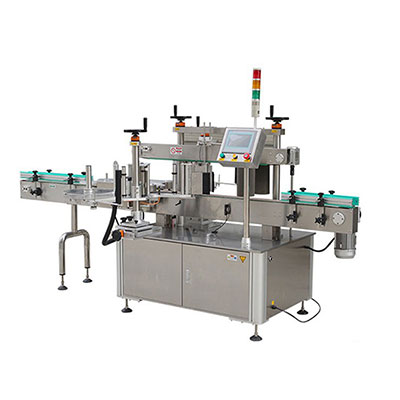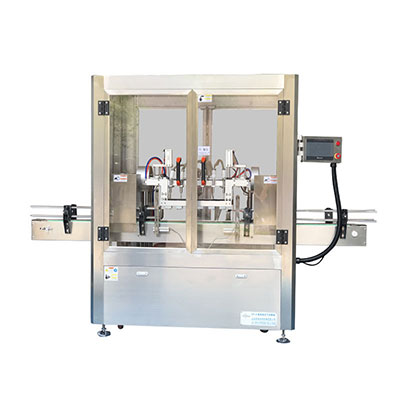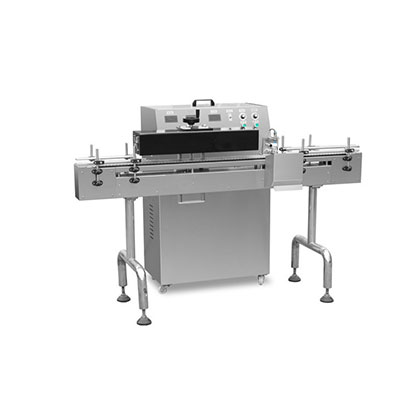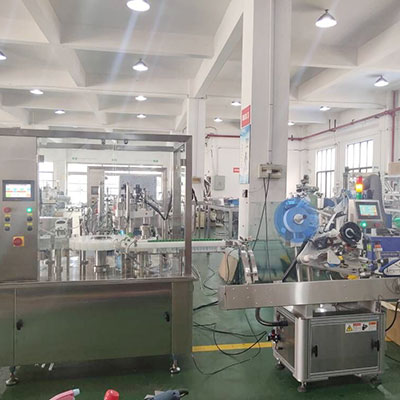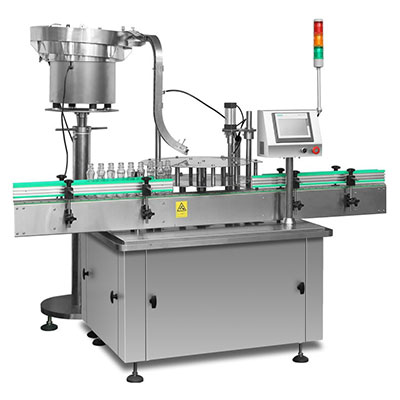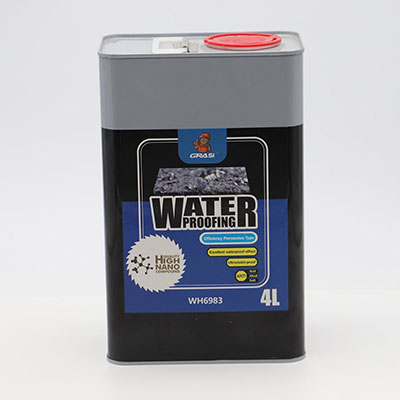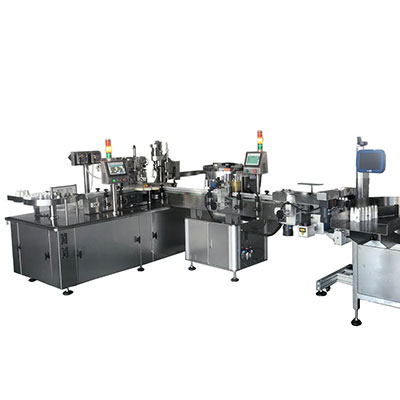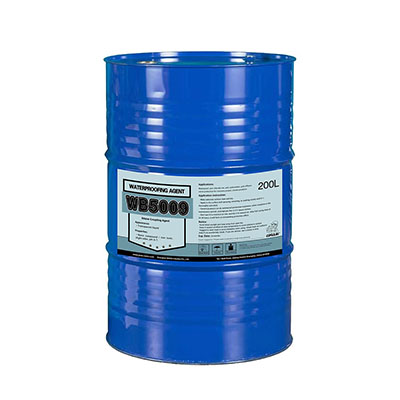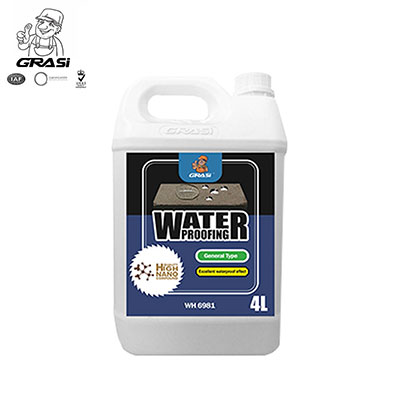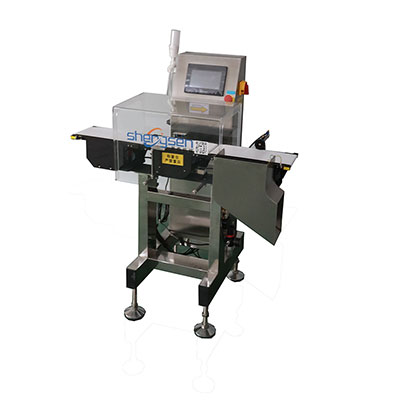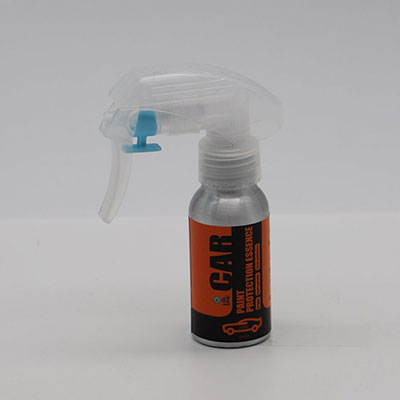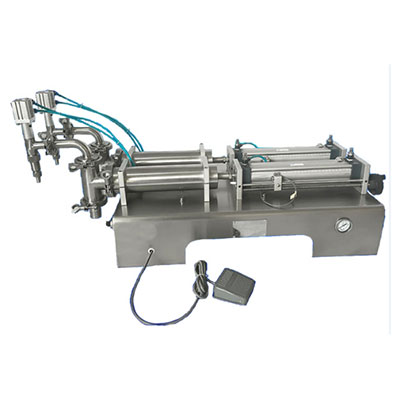Eco-Friendly Water-based Pigment Paste
Textile makers want their fabrics to look great. To make their products a real eye-catcher, beautiful colored patterns are printed onto each and every garment, bed sheet, shoe material and hat they have made. This printing process typically requires the colorant to be very versatile so that it can color a wide range of materials like cotton, linen, polyester fiber, acrylic fiber, and artificial leather.
Our company has been meeting this need for years by supplying 2 kinds of eco-friendly water-based pigment paste: CTH-X00X high-performance and CTH-XXX0 uniform types.
Color Swatch Book for CTH Series Eco-Friendly Water-Based Pigment Paste
Good to Know
1. This CTH series of water-based colorant meets the related standards of Öeko-Tex 100:2012 (Product Class II).
Note: Öeko-Tex 100:2012 is a certification system that limits the use of methanol, heavy metal, phthalate, APEO, and 24 types of aromatic amines.
2. Our pigment paste also conforms to the requirements of GB 18401-2010 National General Safety Technical Code for Textile Products.
3. If you are looking for bright and vibrant colors, this CTH series econ-friendly colorant might be your best bet. A total of 46 colors are available for customer selection. For more details, please refer to our color swatches.
4. With our pigment paste printed on your fabrics, exposure to sunlight will not be an issue as the pigment is lightfast. If you want your garment with bright color, choose this product and you’ll get colors that resist washing and friction.
5. Uniform pigment particle distribution means you can spread the pigment evenly over the item being colored. The percentage of pigment particles less than 0.5μm is 95%.
6. High color purity is another benefit of our pigment paste for its end users, which serves as a guarantee that the colorant delivers stable performance.
7. Resistant to saliva, bleaching agent, and sweat stain, the pigment tends to last long and resist fading over time.
Important
1. The following describes how to test if the amount of methanol, heavy metal, phthalate, APEO, and 24 types of aromatic amines contained in our paste exceeds the required value.
The pigment alone is not useful unless you mix it with the binder, thickener, solvent and more to form a printing paste. Make either a thin or thick printing paste that contains 10% of pigments. Measure the content of those harmful substances listed above after printing the paste onto a strip of 100% cotton cloth. Test every sample of mixed paste before using it for mass production.
2. Make sure the paste is evenly mixed before use. There might be particles precipitating from the paste after it has long been unused. Such is not a big issue as long as you can mix paste thoroughly and filter out the sediments.
3. It is not unlikely that the amount of aromatic amines in the pastes exceeds the limit when you have various pastes mixed together. Be sure to test the sample mixtures before you can use them for batch production. This is to ensure the final print quality.
4. Sadly, there are times when our red or brown paste change its color, soaks into the cloth being printed, and bleeds at the edges of printed patterns during printing and hot pressing. The less your add paste to the printed item, the more likely these issues are to occur. Please check the migration resistance performance of these pigments and pick a good one to circumvent such problems listed above. If the CTH-XXX0 pigment paste can not meet your printing needs, for example, go for our CTH-X00X series instead.
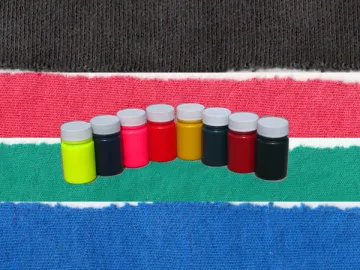
5. Several pigments in the CTH-XXX0 series get poor score from the migration resistance test, and thus are not suitable for making an adhesive-based printing paste.
Reference Recipe
(These charts below are offered as a guide only. The recipe is mainly suitable for printing cotton and polyester cotton.)
| Formula | Light-Color Printing Paste | Medium-Color Printing Paste | Dark-Color |
| Pigment (CTH-X00X & CTH-XXX0) | 0~1% | 1~5% | 5~10% |
| Paste (thin water-based / thick glue-based) | 100~99% | 99~95% | 95~90% |
Thin (water-based) Printing Paste: Silkscreen printing with flatbed press, drying (at 100°C for 3 minutes), baking (at 150°C for 2 minutes)
Thick (glue-based) Printing Paste: Silkscreen printing with flatbed press, drying or blowing hot air on the print (at 80~100°C), hot pressing( at 130~150°C for 5~15 seconds)
What is said above is a formula for general uses. But it is not useful for every circumstance. Therefore, you should figure out your specific mixing formula according to your individual applications.
I. Special Instructions for Color Swatch Book Standards
Our pigment paste sample was tested by Shanghai Printing and Dyeing Technology Research Institute. Below are the basic measurements.
1. Wash Fastness: GB/T 3921-2008
Rub Fastness: GB/T 3920-2008
Color Fastness (Sweat Resistance): GB/T 3922-1995
Textile Printing Recipe
| Formula | Percentage |
| Pigment (CTH-X00X & CTH-XXX0) | 2% |
| Binder | 20% |
| Paste | 77% |
| Cross-Linker | 1% |
Textile Printing Process: Silkscreen printing with flatbed press, drying (at 100°C for 5 minutes), baking (at 160°C for 3 minutes)
Colored Substrate (Fabrics to be Printed): Cotton poplin (plain weave)
2. Light Fastness (exposed to artificial light): GB/T8427-2008
The Xenon-Arc tester is of Q-Lab brand. It is used to test the color fastness of our pigment paste which has been printed onto a cotton-woven cloth when exposed to artificial light. The test is carried out by our own men.
Thin (Water-Based) Pigment Paste Recipe
| Formula | Percentage |
| Pigment (CTH-X00X & CTH-XXX0) | 2% |
| Binder | 20% |
| Paste | 78% |
Thick (Glue-Based) Pigment Paste Recipe
| Formula | Percentage |
| Pigment (CTH-X00X & CTH-XXX0) | 2% |
| White Glue | 60% |
| Transparent Paste | 38% |
Textile Printing Process: Silkscreen printing with flatbed press, drying (at 100°C for 3 minutes), baking (at 130°C for 2 minutes)
Fabrics to be Printed: Cotton poplin (plain weave)--- water-based paste; Cotton woven fabric---glue-based paste
3. Color Fastness (Hot Pressing Resistance): GB/T 6152-1997
The hot press is used to flatten the surface of printed fabrics with either thin or thick paste on it. Measurement of color fastness is done by our own men.
Textile Printing Recipe
| Formula | Percentag |
| Pigment (CTH-X00X & CTH-XXX0) | 0.5% |
| White Glue | 39.5% |
| Transparent Paste | 60% |
Textile Printing Process: Silkscreen printing with flatbed press, drying (at 100°C for 3 minutes), hot pressing (at 180°C for 10 seconds)
Fabrics to be Printed: Cotton poplin (plain weave)---water-based paste; Cotton-woven fabrics---glue-based paste
4. Resistance to Pigment Bleeding and Migration
Textile Printing Recipe
| Formula | Percentage |
| Pigment (CTH-X00X & CTH-XXX0) | 3% |
| Transparent Paste | 97% |
Textile Printing Process: Silkscreen printing with flatbed press, drying with electric dryer, cover printing, drying with electric dryer, hot pressing (at 130°C for 3 seconds)
Fabrics to be Printed: Cotton-woven fabrics
5. Bleaching Agent Resistance
Specialized pastes are used for discharge printing where the mixture is printed on previously dyed fabrics to remove part of the color before the print is hot pressed.
Discharge Printing Recipe
| Formula | Percentage |
| Pigment (CTH-X00X & CTH-XXX0) | 2% |
| Specialized Paste for Discharge Printing | 93% |
| Decrolin (BASF) | 5% |
Textile Printing Process: Silkscreen printing with flatbed press, drying with electrical blower (at 100°C for 2 seconds), hot pressing (at 150℃ for 5 seconds)
Fabrics to be Printed: Previously dyed cotton-woven fabrics
II. Performance Level
Light fastness: 8th Level (maximum)
Other Colorfast Performance: 5th level (maximum)
III. The above performance data are measured under definite circumstances. Before use, customers need to test the paste samples against required standards. Until these samples pass the test, users should no be allowed to use the pastes for batch production. Customers should take full responsibility for consequences of direct use of paste without prior testing.
IV. Feel free to contact our foreign trade department if any other technical specifications are needed.
Links:https://www.globefindpro.com/products/77716.html
-
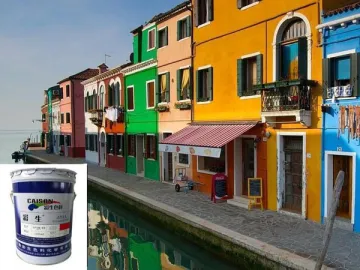 8 Series Resin-Free Pigment Paste for Coloring Water-Based Paint
8 Series Resin-Free Pigment Paste for Coloring Water-Based Paint
-
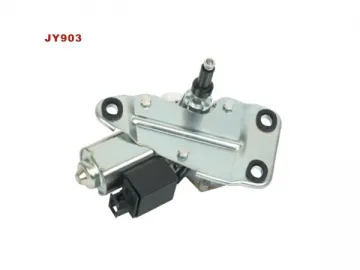 Rear Wiper Motor
Rear Wiper Motor
-
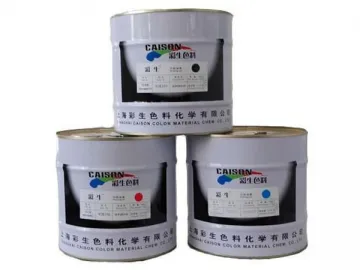 78-B Series Gravure Printing Ink for PVC
78-B Series Gravure Printing Ink for PVC
-
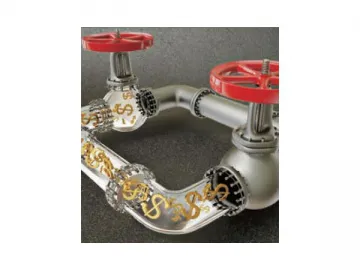 Frequency Inverter (Open Loop Small Size Inverter)
Frequency Inverter (Open Loop Small Size Inverter)
-
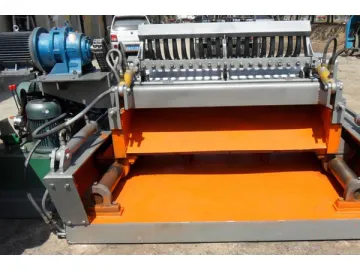 Frequency Inverter (Open Loop Vector Control AC Drive)
Frequency Inverter (Open Loop Vector Control AC Drive)
-
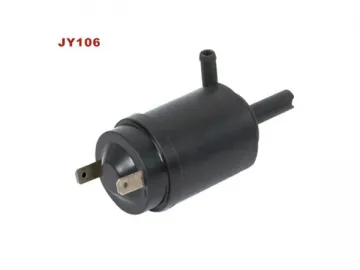 Windscreen Washer Motor
Windscreen Washer Motor
-
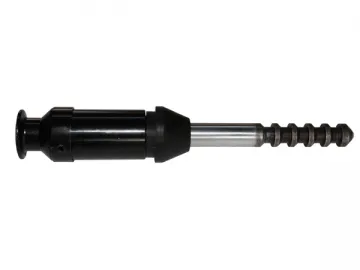 QY660L RH750 Tire Changer
QY660L RH750 Tire Changer
-
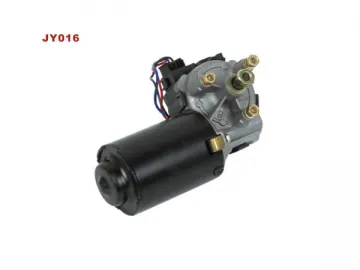 Wiper Motor
Wiper Motor
-
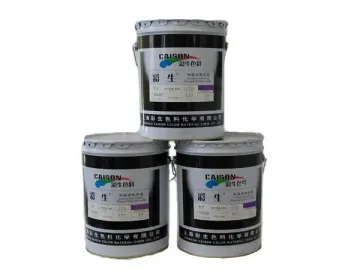 Eco-Friendly Fluorescent Pigment Paste
Eco-Friendly Fluorescent Pigment Paste
-
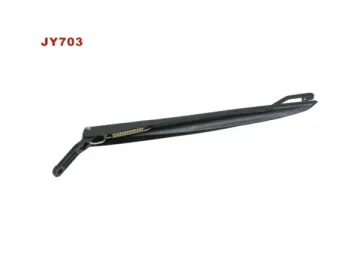 Wiper Arm
Wiper Arm
-
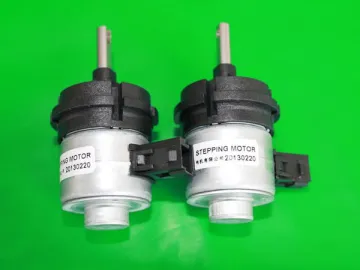 28mm PM Stepper Motor with Captive Shaft Actuator
28mm PM Stepper Motor with Captive Shaft Actuator
-
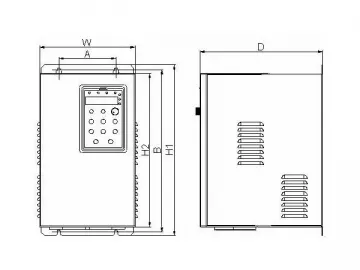 Frequency Inverter (Closed Loop Vector Control VFD)
Frequency Inverter (Closed Loop Vector Control VFD)
